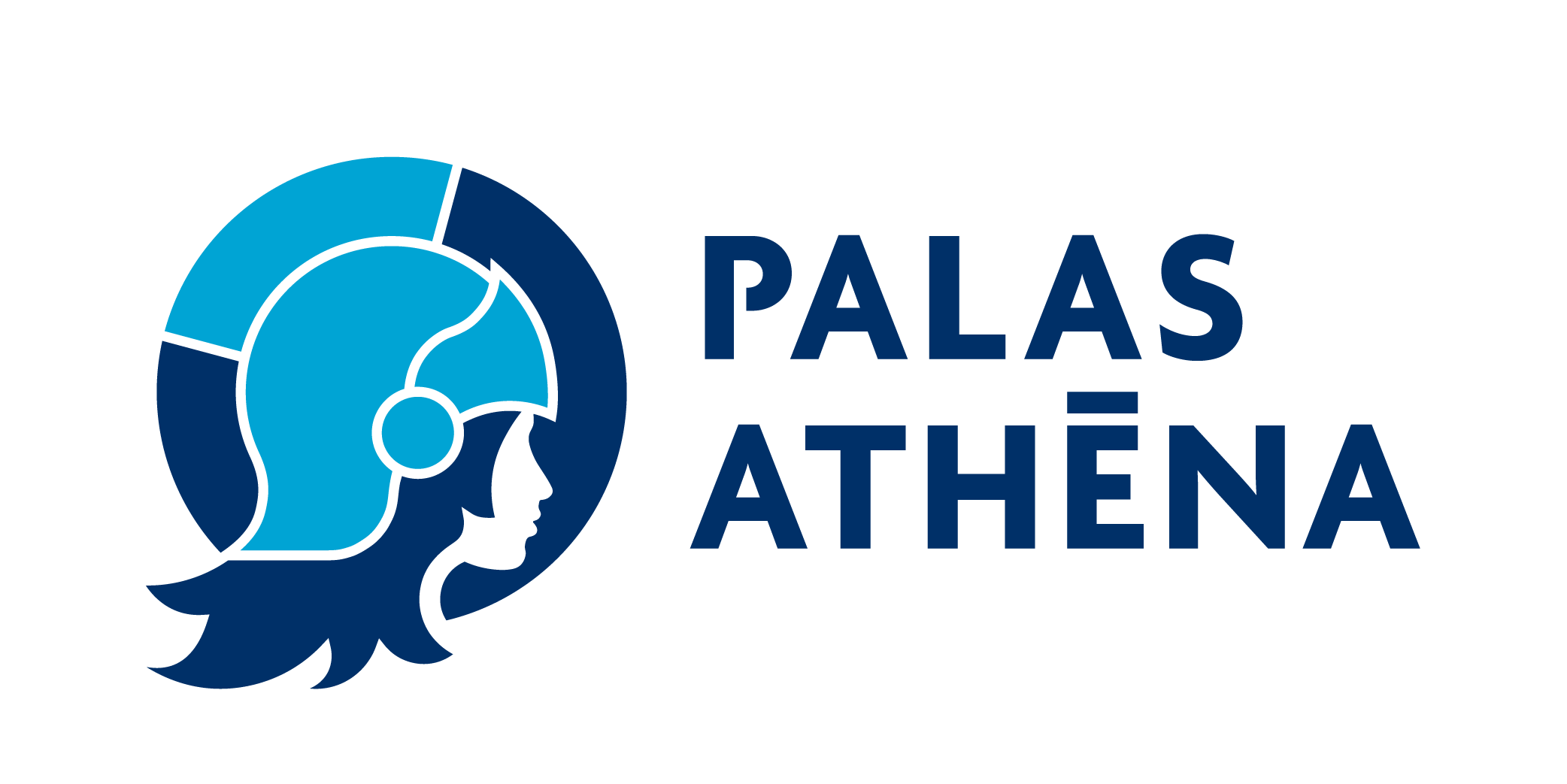Esophageal reflux disease, diaphragmatic hernia
1. What is reflux?
Gastroesophageal reflux disease is caused by excessive return of gastric
of stomach contents back into the esophagus. Gastric juices irritate and eventually damage the mucosal surface in the esophagus, pharynx and larynx, depending on how high the reflux extends.
2. How does reflux manifest itself?
Symptoms of reflux are divided into the classical symptoms that indicate lower oesophageal involvement – these include heartburn, pain behind the sternum, regurgitation of gastric juices (regurgitation), pain on swallowing. Furthermore, extra-oesophageal (extra-pharyngeal), which are a sign of damage to the mucous membranes of the higher parts of the oesophagus, pharynx and larynx. These include irritated throat (globus), hoarseness, cough, asthma, airway inflammation, halitosis, frequent sinusitis, etc. Symptoms may also combine depending on whether the stomach contents are acidic or non-acidic.
3. Cause?
The cause of reflux is often a combination of several factors. It is a disorder
the closure mechanism between the oesophagus and stomach – most commonly a weakening of the lower oesophageal sphincter and a diaphragmatic hernia. Hereditary factors, lifestyle and dietary habits contribute to this. Irritating diet, smoking, being overweight increase the risk.
4. What is a diaphragmatic hernia?
A diaphragmatic (hiatal) hernia is a loosening of the diaphragmatic crura (opening made of muscle) at the point of passage of the esophagus through the diaphragm from the chest to the abdominal cavity. The larger opening in the diaphragm then allows the upper part of the stomach to slide into the chest.
5. How is reflux diagnosed?
The basic examination is a gastroscopy, which determines the degree of involvement (inflammation) of the mucous membranes in the oesophagus, and may also reveal an esophageal sphincter or diaphragmatic hernia. Other examinations used to verify the diagnosis of reflux are: x-ray examination (swallowing of a contrast agent) – to determine the size of the diaphragmatic hernia, 24-hour pH metries by impedance – to calculate the frequency of reflux and their correlation with the symptoms felt by the patient, it will also show how high the reflux extends into the oesophagus and will also reveal non-acid reflux. Esophageal manometry is used to rule out a disorder of esophageal peristalsis. ENT and pulmonary specialty tests (extra-esophageal symptoms) then complete the spectrum.
6. How is reflux treated?
First of all, conservative treatment is always attempted – lifestyle modification (diet 5 times a day, last meal 3 hours before sleep), smoking ban, weight reduction. Limit or eliminate unsuitable foods: fatty and sweet foods, yeast rolls, doughnuts, chocolate, raw garlic and onions, citrus fruits, spicy spices, carbonated drinks, coffee, alcohol, For some, diaphragm rehabilitation (training diaphragmatic breathing) may be beneficial. The next step is medical treatment – from common anacids (Renile, Maalox) to proton pump blockers that prevent stomach acid production. Prokinetics promote esophageal and gastric peristalsis.
7. Surgical treatment
Surgical treatment (fundoplication) is indicated in cases of larger diaphragmatic hernias, in complications of reflux disease (such as bleeding, ulceration or post-inflammatory narrowing of the esophagus, Barrett’s esophagus), or in situations where long-term medical treatment is anticipated to be necessary.
8. What is the course of surgery?
Fundoplication is now routinely operated on laparoscopically. The operation involves repairing the diaphragmatic hernia – releasing and returning the stomach under the esophagus, closing the diaphragmatic defect (opening) with sutures and then forming an antireflux cuff (turning the gastric ring around the esophagus which then prevents reflux). The procedure can be managed safely even with overnight surgery.

